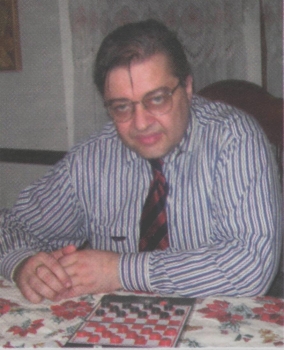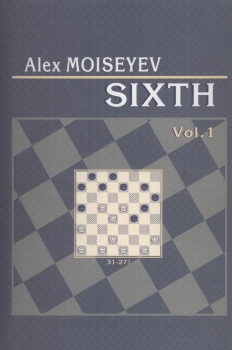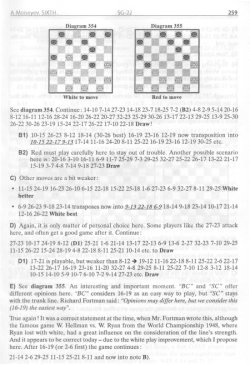

You can order Sixth
through the American
Checker
Federation Online Store
or directly from Alexander Moiseyev, 5676 Springburn
Drive, Dublin, OH, 43017 USA. The cost of the book is US $48, or US $78
if you would like an inscribed, personalized copy.
Table of Contents
- Prologue
- World Championship Match 2003
- World Championship Match 2002
- Epilogue
- Sample Page From Sixth
- Checkers 3-Move World Champions
